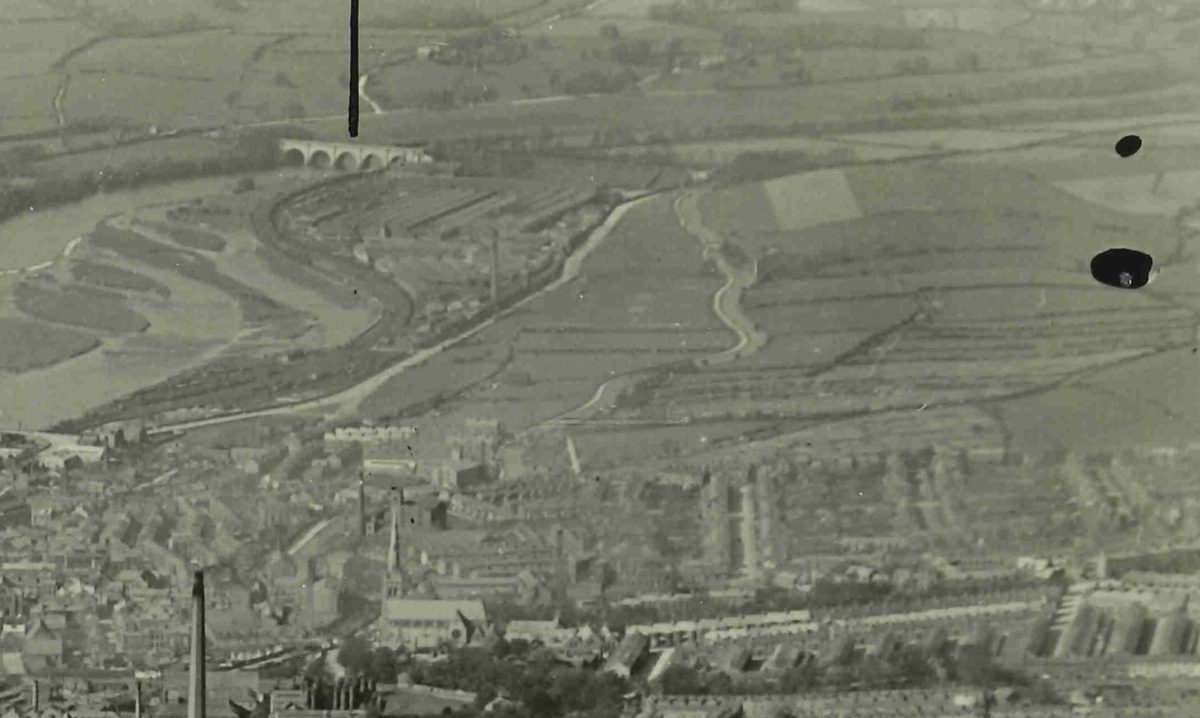Bulk is first recorded in 1318 when it was a township of scattered places and hamlets without a particular centre. These included the hamlet of Newton and also a place called Ridge ‘Rigge’.
It also included Dolphinlee, but this wasn’t recorded until 1533 when it was ‘Dolfenlee’ and ‘Dolfenley’.
It is Newton that was recorded in the Domesday Book when it was literally the new ‘tun’. A ‘tun’ was a larger settlement and later an estate. Newton may well have been a new estate formed in the Viking era as the larger estates were breaking up.
In 1094 the foundation charter for Lancaster Priory in 1094 referred to a mansion (essentially a manor house) at Newton. Newton Beck marks roughly where Newton will have been sited.
The ground rises to 280 feet along a long ridge. Bulk is thought to most likely derive from the Old Norse ‘bulki’ meaning ‘a heap’ or ‘cargo’. This became the Middle English ‘bulk’, meaning ‘a heap’.
The name probably came from the appearance of the ridge that is the defining characteristic of the township. Bulk seems to have stretched all the way to roughly where J34 of the M6 is today.
Dolphinlee comes from the Scandinavian name Dolfin and the Old English ‘leah’. ‘Leah’ originally meant a clearing in woodland, but later meant pasture or meadow.
In the late 1500s and 1600s, Bulk was owned by the Roman Catholic Dalton family of Thurnham Hall. Dolphinlee was a centre for Roman Catholicism and Mass was held there illegally.
The photo shows an aerial view of Lancaster showing the slope up to Ridge to top right. Newton Beck comes out near the present junction of Langdale Road and Caton Road which is not far past the chimney (now Standfast and Barracks).


